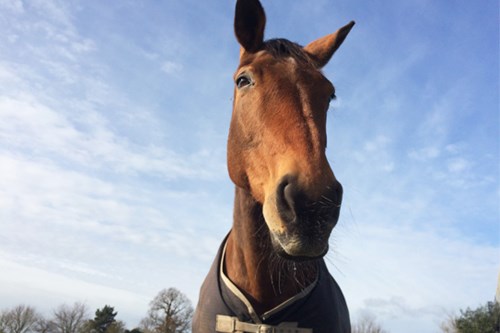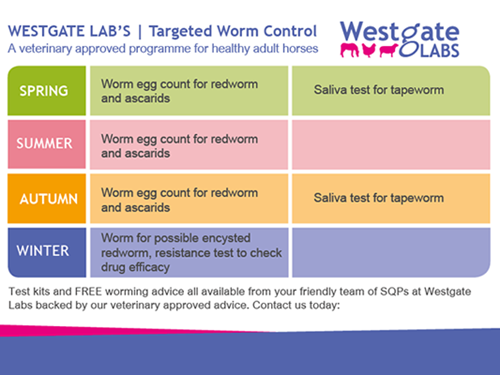
Is it time to worm for encysted redworm?
19 November 2018
A targeted worming programme usually relies on worm egg counts through spring, summer and autumn with a proactive treatment for the possibility of encysted redworm in the winter.
November to early December is that awkward time of year when deciding ‘is it winter enough or not yet?’ can make us question our own sanity. So how and why do we make this call? Let’s look at it objectively to help make an informed decision.
The winter dose is to treat inhibited larval stages of cyathastomins (small redworm). This potentially dangerous state most often occurs when the weather turns cold and becomes less favourable for small redworm larvae development on the pasture. Instead of continuing their normal development, the immature worms enter a hibernated state within the horse’s gut wall.
We therefore look to coordinate this treatment with the environmental conditions and wait until after a few hard frosts and a time when daily temperatures have consistently stayed below 6 degrees Celsius. Generally as our climate has changed to bring milder autumn temperatures this has meant delaying this worming treatment accordingly.
If treating for bots the frost also helps to kill off any flies that may also still be active, so ensuring no reinfection of this parasite.
The window of opportunity for addressing encysted small redworm is usually between December and February. If the weather remains mild then give the dose regardless before the end of the winter. In the meantime keep up worm egg counts at your regular interval.

As usual if you have any questions then please don't hesitate to contact us!
